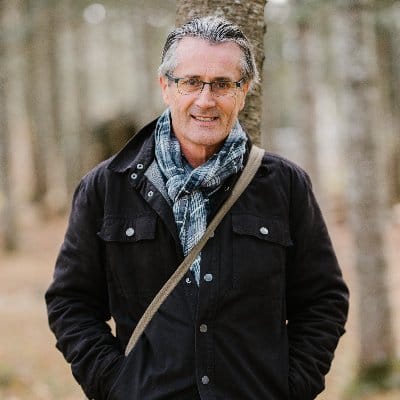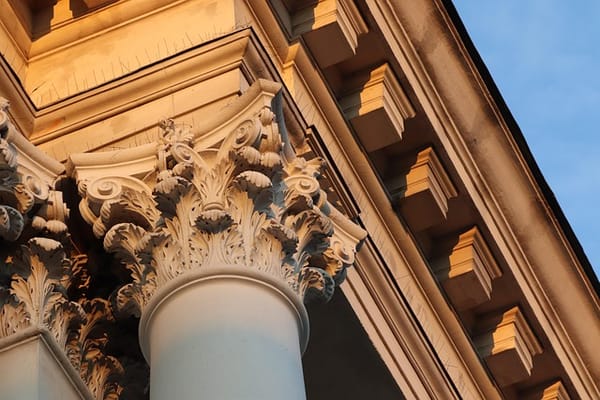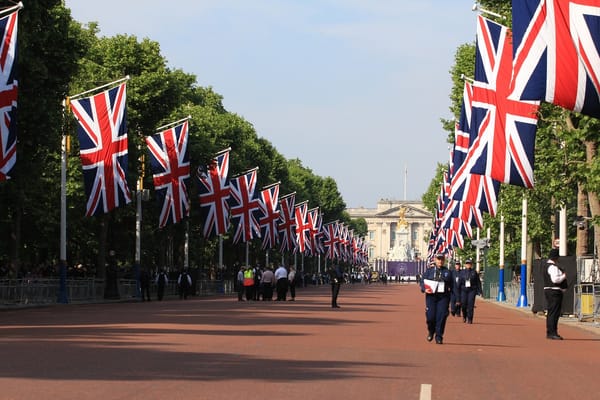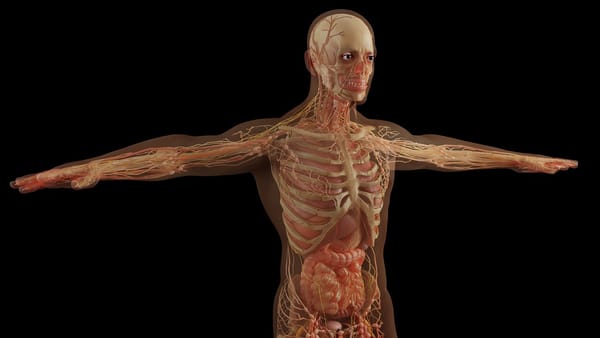From Descent to Ascent
In that moment the outer and inner currents join; evolution becomes conscious.

In that moment the outer and inner currents join; evolution becomes conscious.


Humanity’s greatest revolution has already occurred: the direction of evolution reversed at Golgotha.
The question is whether we will turn around to meet it.
Rudolf Steiner calls the Mystery of Golgotha the “Turning Point of Time” (die Weltenwende).
Before that event, evolution was a descent: divine forces incarnating ever more deeply into matter, leading the human being toward self-consciousness but also separation from spirit.
After the Christ Event, evolution begins its ascent: the long work of spiritualizing the self-conscious human being so that freedom, once gained through separation, becomes the instrument of love.
Before Christ: Spirit descends into matter.
After Christ: Humanity rises again toward Spirit—consciously, freely, lovingly.
The axis of evolution literally reverses direction.
In the pre-Christian millennia, the human being was still surrounded by divine guidance.
Myth, initiation, and cosmic religion spoke from the spiritual world itself.
Each epoch led the soul deeper into incarnation, into the hard clarity of intellect.
Steiner sometimes calls this the “fall into death”—necessary for freedom, but leading to the isolation of the ego.
Matter became the great teacher of independence.
At the center of history stands the Being of Christ, who passes through death consciously and fills death itself with life.
From this moment, the divine no longer acts from above but from within the human “I.”
Steiner says: “What was formerly revelation from above becomes resurrection from within.”
It is the reversal of the cosmic current—life streaming outward now begins to return inward, seeking to be spiritualized through human freedom.
The image of Mary Magdalene’s triple turning at the tomb is in a way the perfect emblem of this reversal.
At first she looks outward—toward the vanished physical form, toward explanations and appearances. Then she turns around and see what she believes to be the "gardener."
Only when she turns around again, namely inwardly, does she realize, she is beholding the Risen One.
But also to do so, she needs to turn outward again.
That turning is not spatial but existential: the movement of attention from the outer to the inner world, from object to presence, from presence to object.
“She turned around and said, Rabboni…” — John 20:16
In that moment the whole direction of human cognition is changed:
from perceiving the world to perceiving the being within the world.
It is the dawn of etheric perception—the very faculty we are asked to develop again in our own time.
From the Resurrection onward, evolution becomes the schooling of freedom:
Christ does not lead humanity back to the old clairvoyance; He awakens a new consciousness, born from the meeting of outer and inner, death and resurrection.
Material civilization still follows the vector of descent—ever deeper into mechanism and control.
It celebrates the first half of evolution (mastery of matter) while ignoring the second (resurrection through spirit).
That’s why modernity feels like it’s running downhill faster and faster: we continue the fall, unaware that the current has already reversed.
To “turn around” now is to realign with the true direction of time.
Each soul is now asked to perform the same gesture as Mary Magdalene:
to withdraw the gaze from appearances, turn around, and recognize the living Christ in the world and in one’s own being.
In that moment the outer and inner currents join; evolution becomes conscious.
This is the foundation for every renewal—spiritual, social, ecological.
Without this turning, activism remains horizontal; with it, every deed becomes resurrectional.








